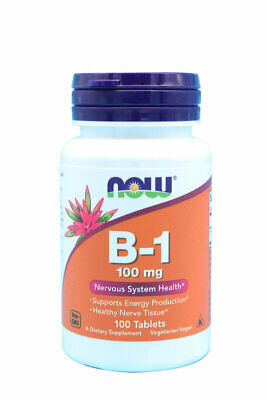Mauritio
Member
- Joined
- Feb 26, 2018
- Messages
- 5,669
This study finds that a vitmain B1 (thiamine ) deficiency causes an increase of serotonin in several brain areas . Although they avoid to use the word increase (they use "affects") in the abstract, the full study shows that this is what happened .
They also found that the thiamine defiicient mice showed ataxia, goosebumps amd paresis.
They administered the thiamine antagonist phyrithiamine to the rats in order to create a deficiency.
"A strong increase in yellow fluorescence, indi-
cating an increase in 5-HT, was observed in the RD cells of pyrithiamine-treated animals. "
"There was a significant (P < 0.01) increase in both 5-HT and 5-HIAA in the RC (raphe centralis), RD (raphe dorsalis), LC (locus coeruleus)
and ST (striata), in 5-HIAA only in RM (raphe
magnus) and Hyp. (hypothalamus), and in 5-HT
only in SN (substantia nigra). "

 pubmed.ncbi.nlm.nih.gov
pubmed.ncbi.nlm.nih.gov
They also found that the thiamine defiicient mice showed ataxia, goosebumps amd paresis.
They administered the thiamine antagonist phyrithiamine to the rats in order to create a deficiency.
"A strong increase in yellow fluorescence, indi-
cating an increase in 5-HT, was observed in the RD cells of pyrithiamine-treated animals. "
"There was a significant (P < 0.01) increase in both 5-HT and 5-HIAA in the RC (raphe centralis), RD (raphe dorsalis), LC (locus coeruleus)
and ST (striata), in 5-HIAA only in RM (raphe
magnus) and Hyp. (hypothalamus), and in 5-HT
only in SN (substantia nigra). "

Sleep and indolamine alterations induced by thiamine deficiency - PubMed
Behavioral, polygraphic, biochemical and histological aspects of thiamine deficiency in rats induced by thiamine-deficient food and pyrithiamine treatment (40 mg/kg daily for 4 days) are described. Behavioral alterations were essentially characterized by ataxia, pilo-erection and paresis...
Last edited:

